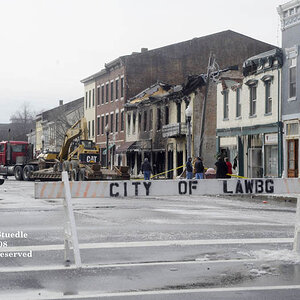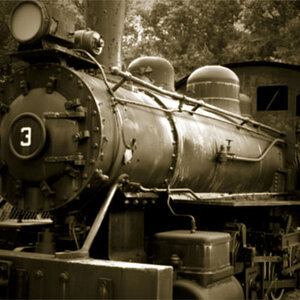clee27
TPF Noob!
- Joined
- Jun 12, 2008
- Messages
- 176
- Reaction score
- 1
- Location
- Atlanta, GA
- Can others edit my Photos
- Photos OK to edit
1. 1/10

2.1/8

3. 1/6

now tell me why I don't just keep on going lower if i want to make the picture brighter?
ALSO, why is the 2nd one seems so much better than the 3rd one?
....i know i'm asking newbie questions sorry but i need quick answers i don't have time to look these things up atm...some things just got dumped on me and i need to figure some things out quick! thanks for any C&C <3 xoxooxoxoxo

2.1/8

3. 1/6

now tell me why I don't just keep on going lower if i want to make the picture brighter?
ALSO, why is the 2nd one seems so much better than the 3rd one?
....i know i'm asking newbie questions sorry but i need quick answers i don't have time to look these things up atm...some things just got dumped on me and i need to figure some things out quick! thanks for any C&C <3 xoxooxoxoxo


![[No title]](/data/xfmg/thumbnail/33/33491-46949ced4f9729f095cb48c6c61633db.jpg?1619736003)
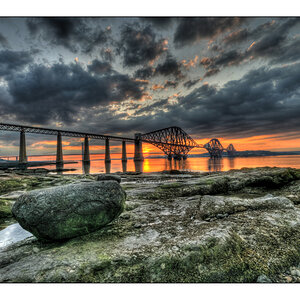
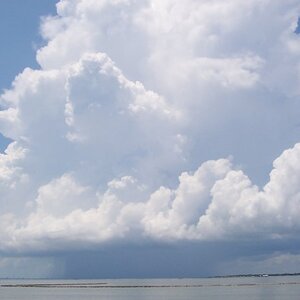
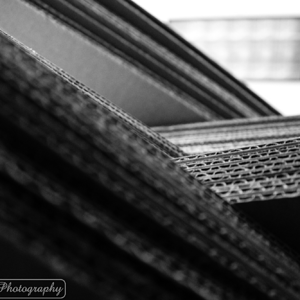
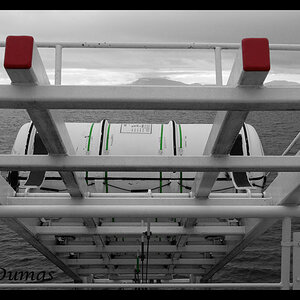
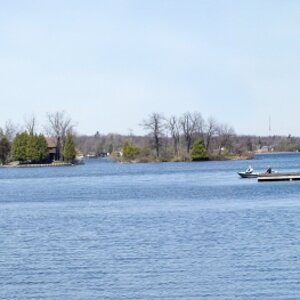
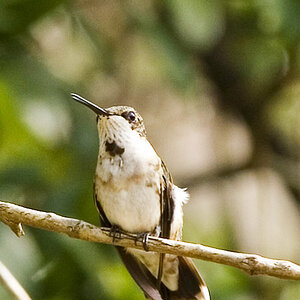
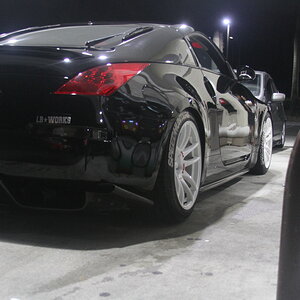
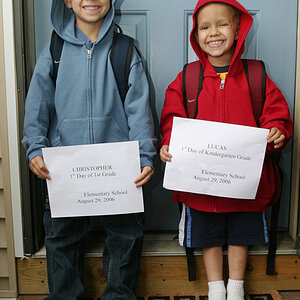
![[No title]](/data/xfmg/thumbnail/37/37634-504722605a418b398f3cd1dbabf936e5.jpg?1619738156)
